New Scientist covers the latest developments in science and technology that will impact your world. New Scientist employs and commissions the best writers in their fields from all over the world. Our editorial team provide cutting-edge news, award-winning features and reports, written in concise and clear language that puts discoveries and advances in the context of everyday life today and in the future.
Expecting better • We shouldn’t underestimate the lasting impact of unscientific health advice
New Scientist Australian Edition
Hatchling offers hope to threatened species
Family ties • The traditional view (left) is that modern humans split from Neanderthals and Denisovans. However, in this reconstruction (right), Neanderthals broke away first, with modern humans and Denisovans separating 1.32 million years ago.
Do we need to rewrite our origin story? • A reconstructed skull gives surprising clues to the enigmatic “Ancestor X” – which could completely change our understanding of humanity’s evolution, finds Michael Marshall
Rare metal hints at Earth’s clash with supernova
The genetic secrets of the world’s oldest person
DNA repair dial may affect ageing • When a key protein regulator quietens DNA repair mechanisms, our cells accumulate more mutations, which may cause us to age faster, discovers Michael Le Page
Atmospheric chaos raises temperatures in Antarctica
Have we cracked one of the world’s toughest climate problems?
Mummified cheetahs may have been trapped in caves
What we know, and don’t, about the link between painkillers and autism • The US government’s decision to caution against taking a common painkiller during pregnancy lacks support from scientific evidence, finds Grace Wade
Hope for Huntington’s treatment • A breakthrough therapy for Huntington’s disease could also be applied to other brain conditions, finds Grace Wade
Secret ingredient to making the ultimate plastics is revealed
Ultracold clocks could reveal how quantum physics alters time
Our black hole is windy, after all • First predicted in the 1970s, we may now have proof of wind coming from Sagittarius A*
Climate change is making trees in the Amazon grow larger
Qubit breakthrough could lead to bigger quantum computers
Babies’ brains ‘tick’ more slowly than adult ones
Venus has lava tubes, and they’re a bit weird
Mapping a brain doesn’t reveal all its secrets
Elusive particle may be in reach • We may have already created entities similar to axions, the leading candidate for dark matter
Dino that chomped on crocodiles named as a new species
A trip into alt-history • What might have happened if we had embraced psychedelic research, rather than banning it, wonders Tim Hayward
Field notes from space-time • The matter in hand Why would anyone bother to create facilities that make particles called B mesons? Because they may solve two of the universe’s big mysteries, says Chanda Prescod-Weinstein
Beautiful bats • The Genius Bat (Oneworld)
On a war footing • Conflicts have shaped human evolution, but how do our brains determine the way they play out? Elle Hunt explores a guide to the neuroscience of warfare
Pacifying your period • A new book suggests lifestyle changes could help address PMS, but its approach is overly simplistic, finds Alexandra Thompson
New Scientist recommends
The TV column • Master manipulators New Netflix show Wayward is set at a strange academy in small-town Vermont that promises to “solve” adolescence. Bethan Ackerley discovers a troubled world where the adults are out to get the kids
Your letters
What’s inside a black hole? • Are black holes really what they seem, or could they...
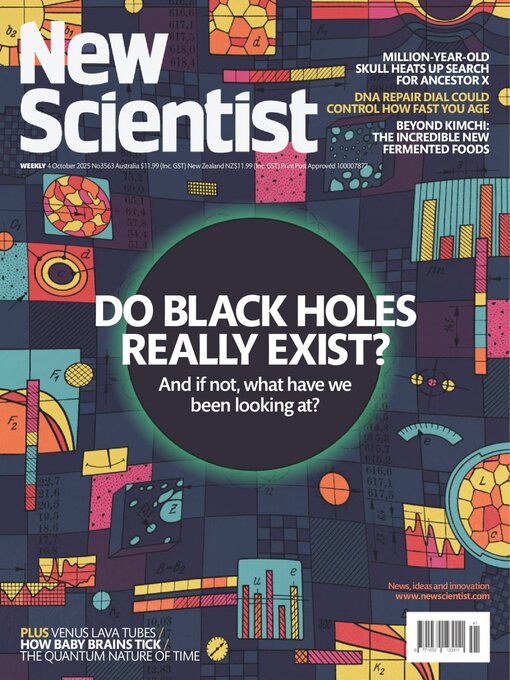
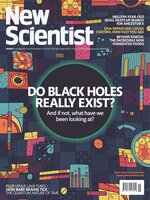 Oct 04 2025
Oct 04 2025
 Sep 27 2025
Sep 27 2025
 Sep 20 2025
Sep 20 2025
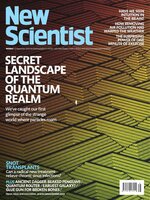 Sep 13 2025
Sep 13 2025
 Sep 06 2025
Sep 06 2025
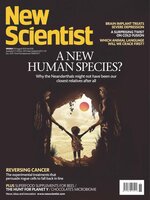 Aug 30 2025
Aug 30 2025
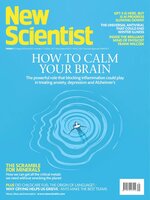 Aug 23 2025
Aug 23 2025
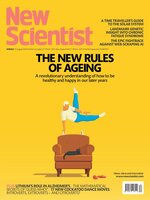 Aug 16 2025
Aug 16 2025
 Aug 09 2025
Aug 09 2025
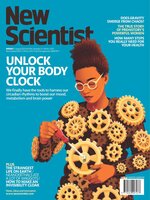 Aug 02 2025
Aug 02 2025
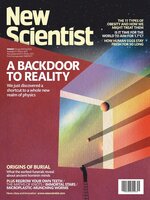 Jul 26 2025
Jul 26 2025
 Jul 19 2025
Jul 19 2025
 Jul 12 2025
Jul 12 2025
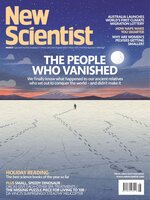 Jul 05 2025
Jul 05 2025
 Jun 28 2025
Jun 28 2025
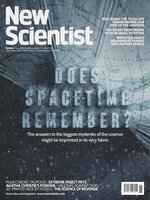 Jun 21 2025
Jun 21 2025
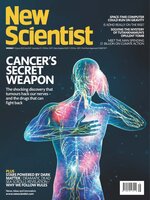 Jun 14 2025
Jun 14 2025
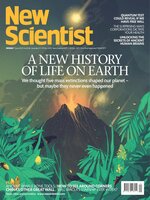 Jun 07 2025
Jun 07 2025
 May 31 2025
May 31 2025
 May 24 2025
May 24 2025
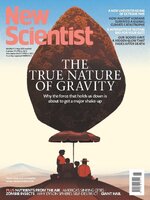 May 17 2025
May 17 2025
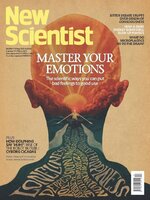 May 10 2025
May 10 2025
 May 03 2025
May 03 2025
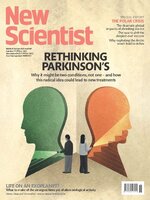 Apr 26 2025
Apr 26 2025